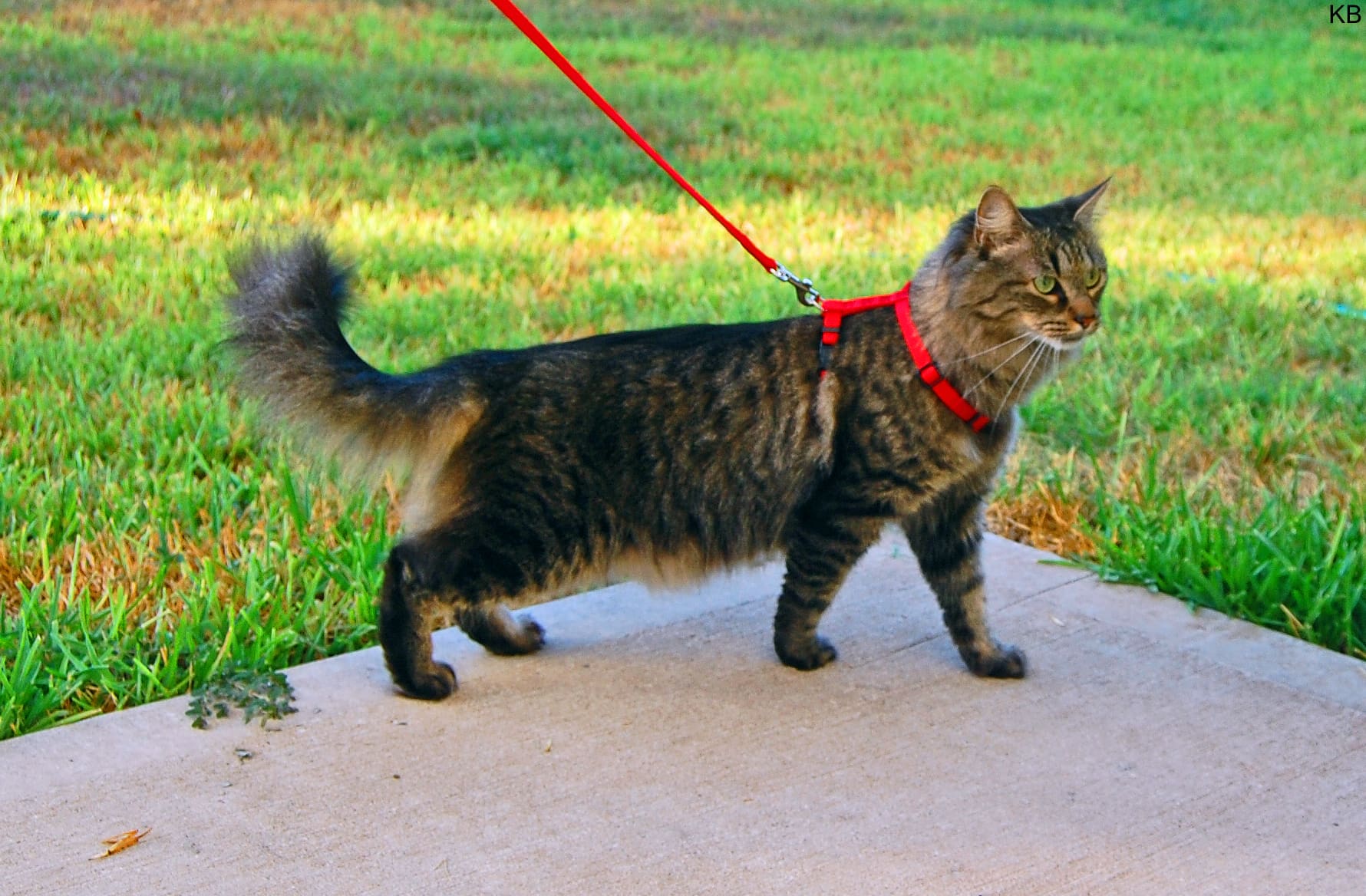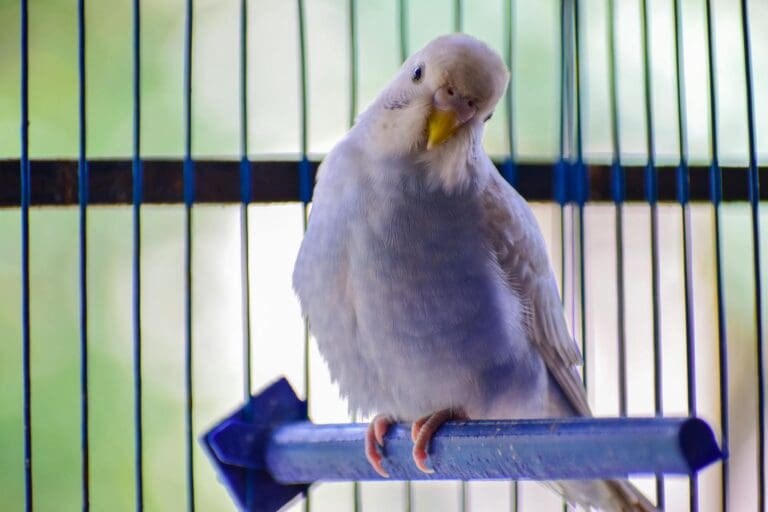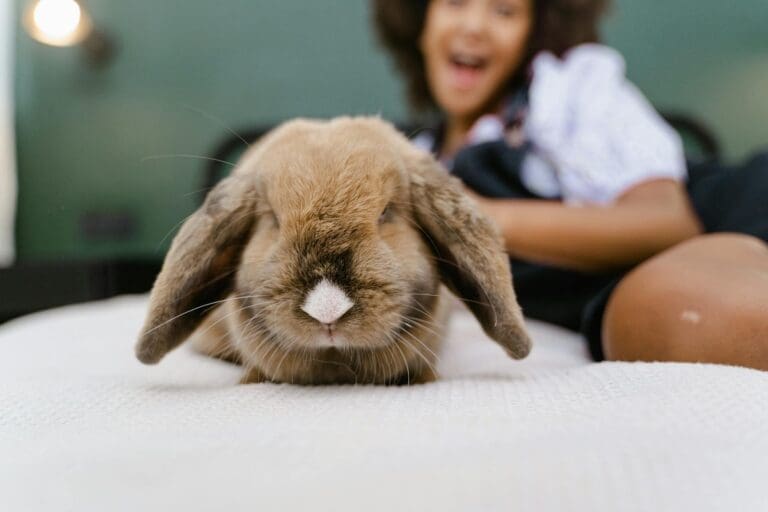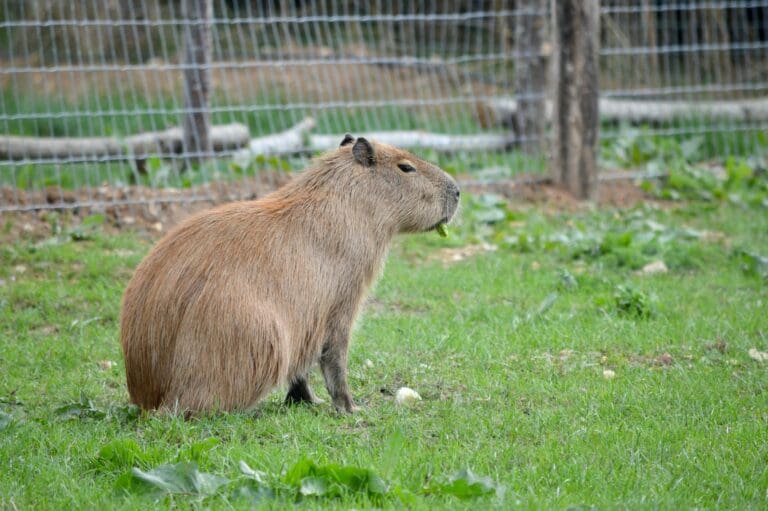Indoor cats rely heavily on their environment and human companions for stimulation and enrichment. Without the natural stimuli of the outside world, it falls on cat owners to ensure their pets remain mentally and physically active within the confines of their homes.
This article explores ten creative and effective strategies to enrich the lives of indoor cats, ensuring they lead happy, healthy, and fulfilled lives.
10. Adopt a Feline Companion
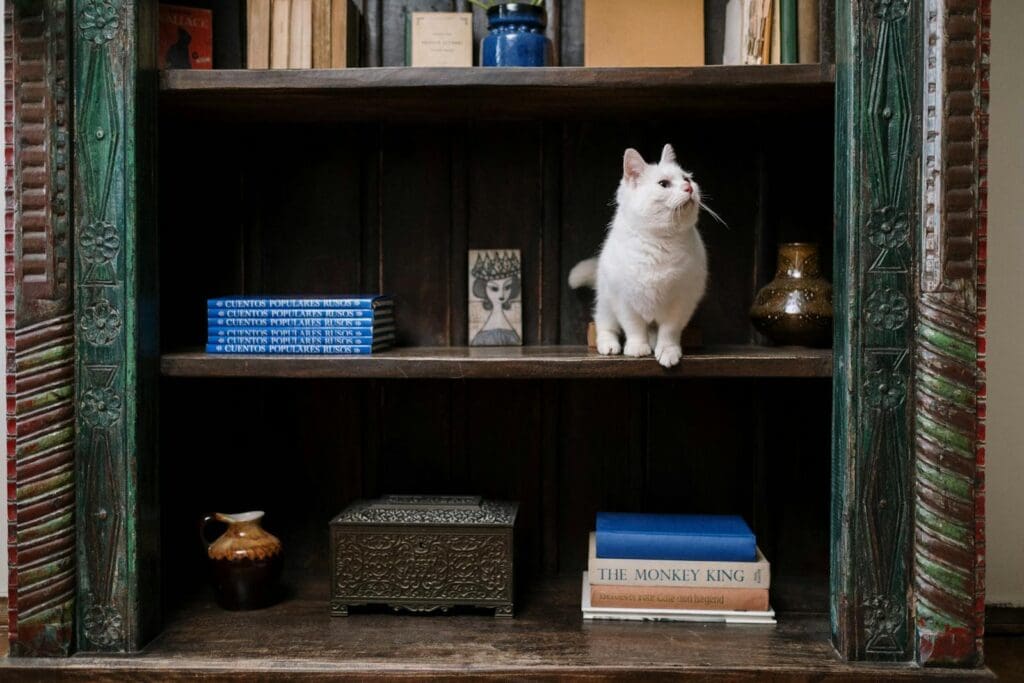
Consider adopting another cat to provide companionship and playmate for your indoor feline. Two cats can engage in interactive play, chase games, and mutual grooming, keeping each other physically and mentally stimulated. Ensure proper introductions and compatibility for a harmonious multi-cat household.
9. Set Up a “Catio” or Enclosed Outdoor Space
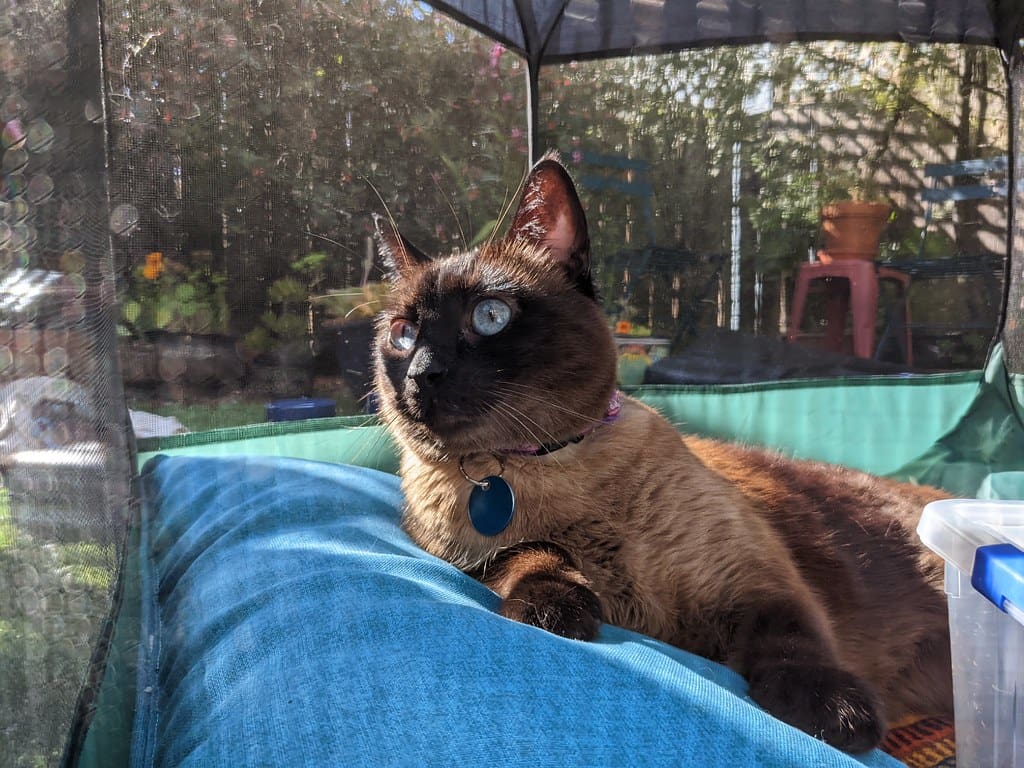
Create a safe outdoor experience for your indoor cat with a “catio” – an enclosed patio or outdoor space. Catios provide mental stimulation and physical activity while protecting cats from outdoor dangers. Include perches, scratching posts, and cat-safe plants to mimic a natural environment. Ensure the enclosure is secure and weatherproof for your cat’s safety and comfort.
8. Rotate Toys to Maintain Interest
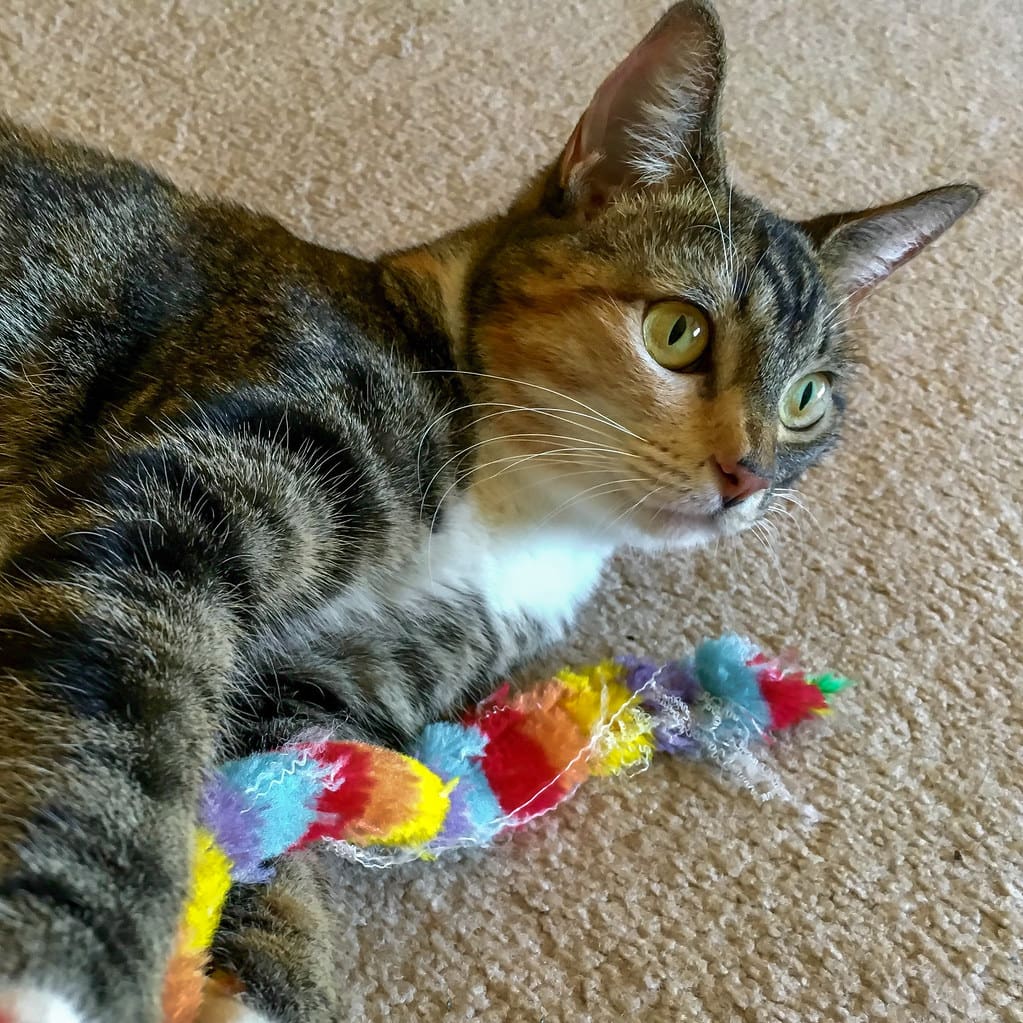
Keep your cat’s playtime exciting by rotating their toys regularly. Instead of leaving all toys out, cycle through them weekly. This prevents boredom and makes old toys feel new again. Store unused toys out of sight, and reintroduce them later for a fresh experience. Rotating toys stimulates your cat’s curiosity and encourages more active play.
7. Try Leash Training for Supervised Outdoor Time
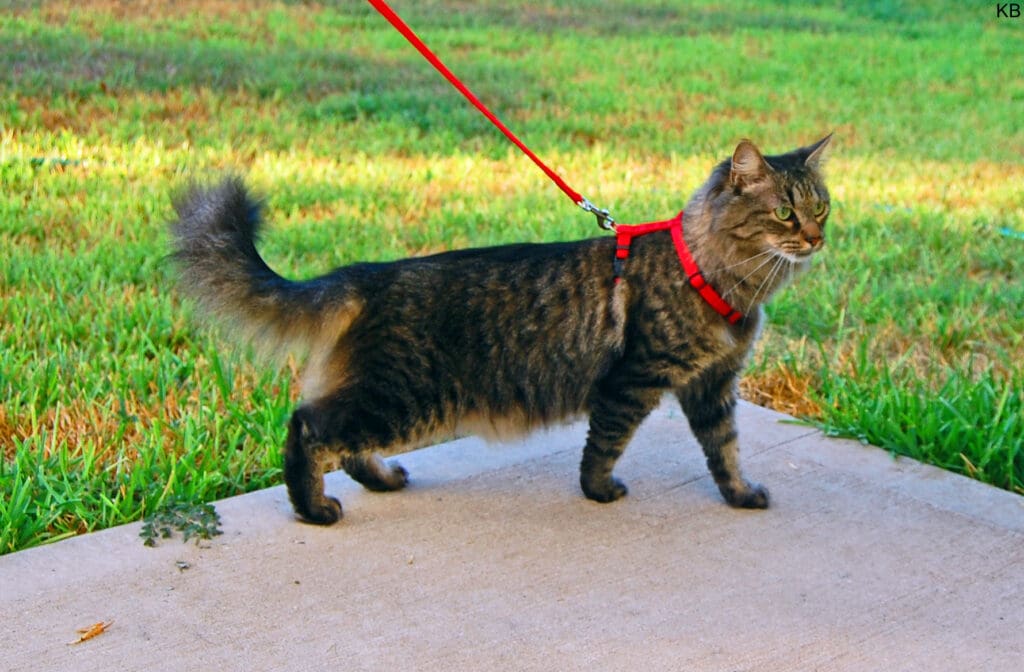
Introduce your indoor cat to the outdoors safely through leash training. Start by getting your cat comfortable with a harness indoors, then gradually move outside. Use treats and positive reinforcement to make the experience enjoyable. This allows your cat to explore new sights, sounds, and smells while staying secure under your supervision.
6. Build a DIY Cardboard Playground
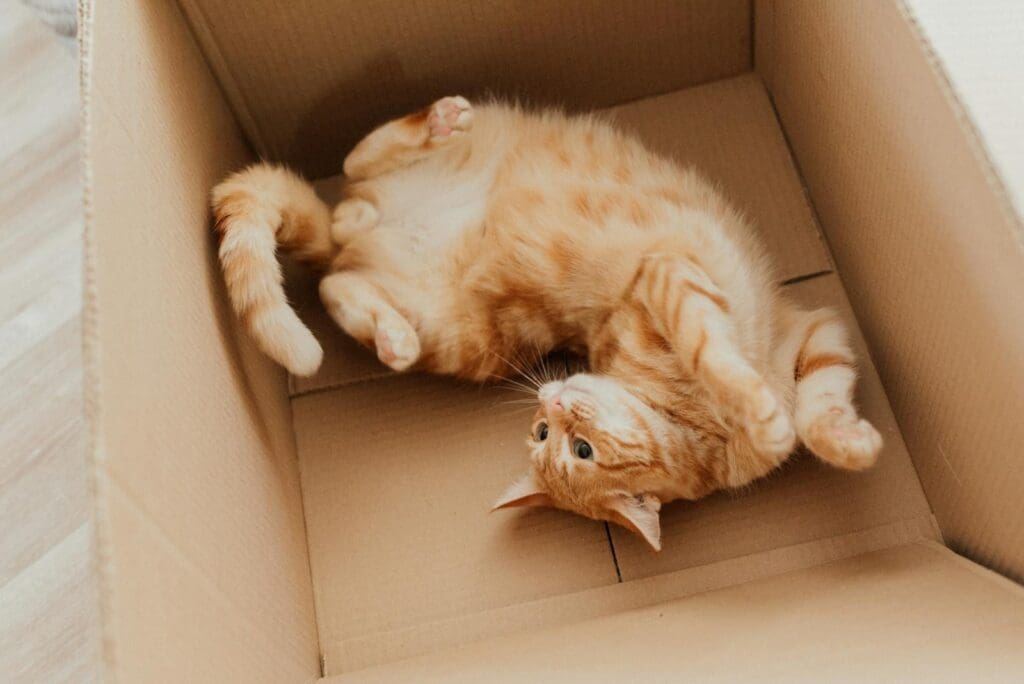
Create an engaging play area for your cat using cardboard boxes. Cut holes in various sizes to form tunnels and hideouts, then stack and tape the boxes together to make a multi-level structure. Add toys, treats, and scratching surfaces to encourage exploration. This cost-effective solution provides mental stimulation and satisfies your cat’s natural instincts to climb and hide.
5. Introduce Catnip and Sensory Enrichment
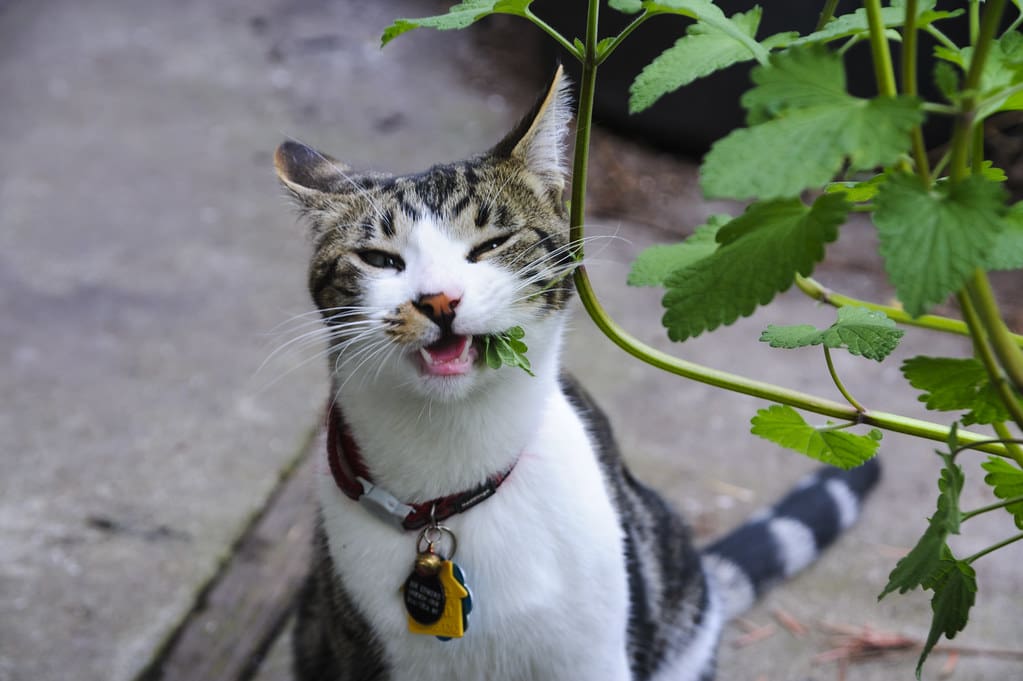
Offer catnip toys or dried catnip to stimulate your cat’s senses. Create a “scent garden” with cat-safe herbs like valerian or silver vine. Use puzzle feeders filled with treats to engage their hunting instincts. Rotate toys regularly to maintain interest and prevent boredom. These sensory experiences mimic outdoor stimuli, keeping indoor cats mentally and physically active.
4. Establish a Daily Play Routine
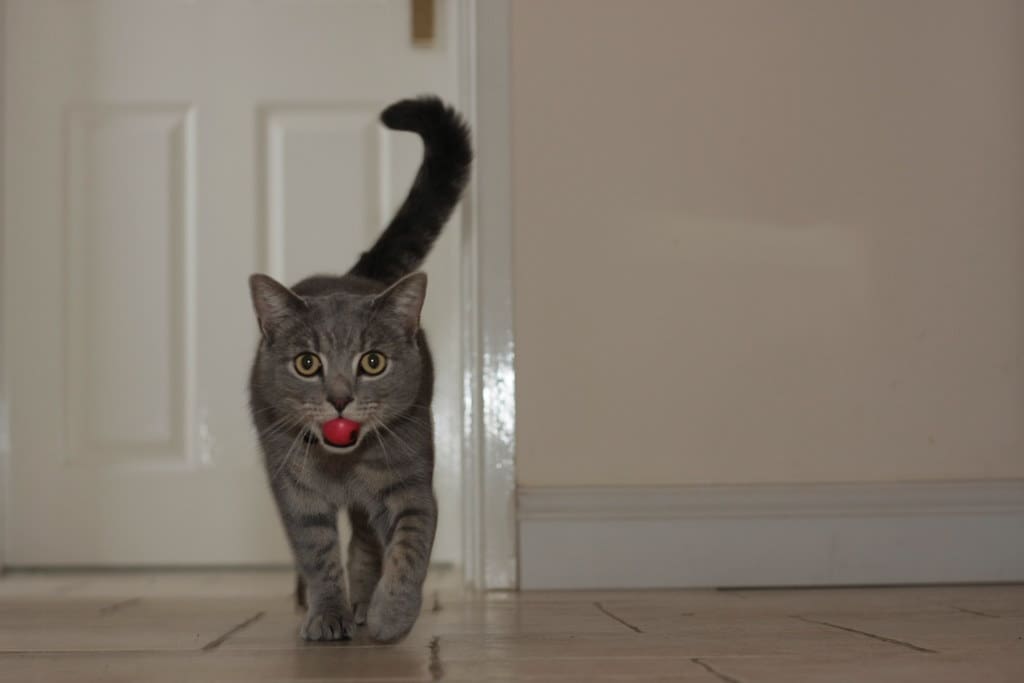
Create a consistent play schedule for your cat, aiming for two to three 10-15 minute sessions daily. Focus on early morning and evening playtimes when cats are naturally more active. Use interactive toys like wand teasers or laser pointers to simulate hunting behaviors. Regular play sessions provide essential exercise and mental stimulation for indoor cats.
3. Create a Window Perch for Bird Watching
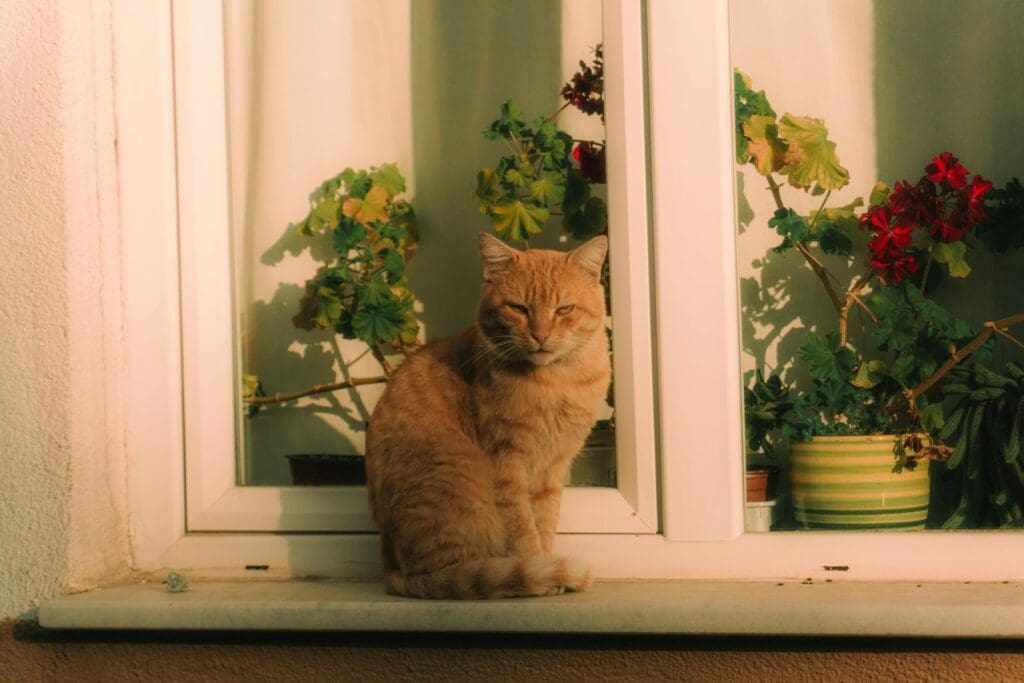
Install a sturdy window perch to give your indoor cat a front-row seat to the outdoor world. This elevated vantage point allows them to safely observe birds, squirrels, and other wildlife, providing mental stimulation and entertainment. Choose a perch with a comfortable surface and ensure it’s securely attached to the window frame for your cat’s safety.
Related: Top 10 Simple Tricks to Help Calm Your Moody Cat
2. Use Interactive Toys and Puzzle Feeders
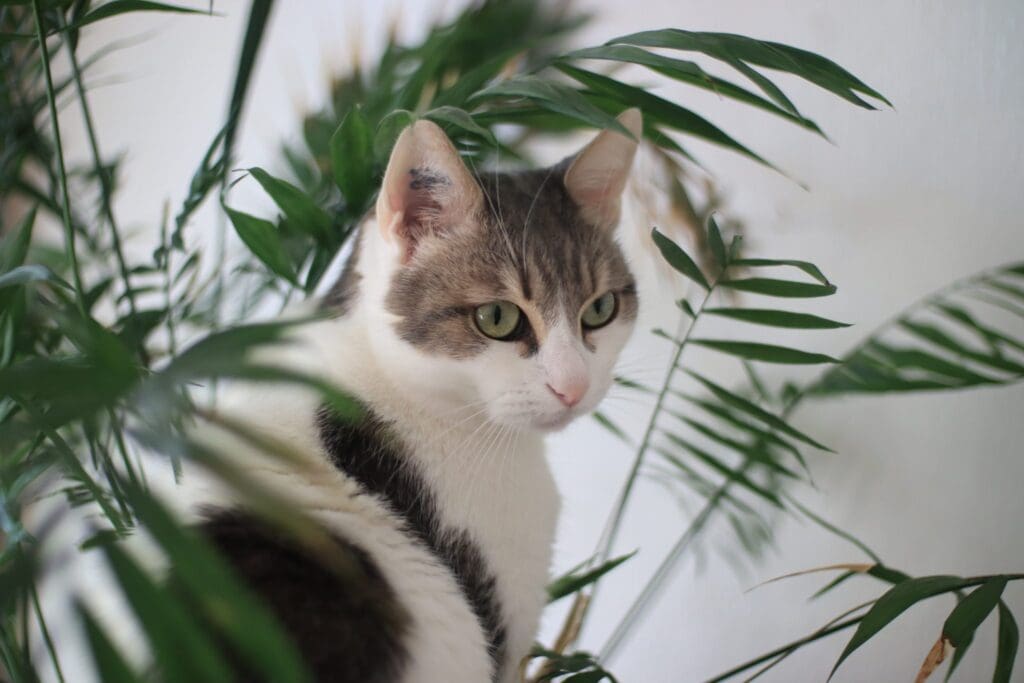
Engage your cat’s hunting instincts with interactive toys and puzzle feeders. These stimulating devices challenge cats mentally and physically, encouraging natural foraging behaviors. Options like the Cat Amazing SLIDERS! treat maze or the Kitty Lickin’ Layers puzzle feeder provide hours of entertainment while slowing down eating for better digestion.
Related: 10 Adorable Things Your Cat Does When You’re Not Home
1. Set Up a Cat Tree or Climbing Structure
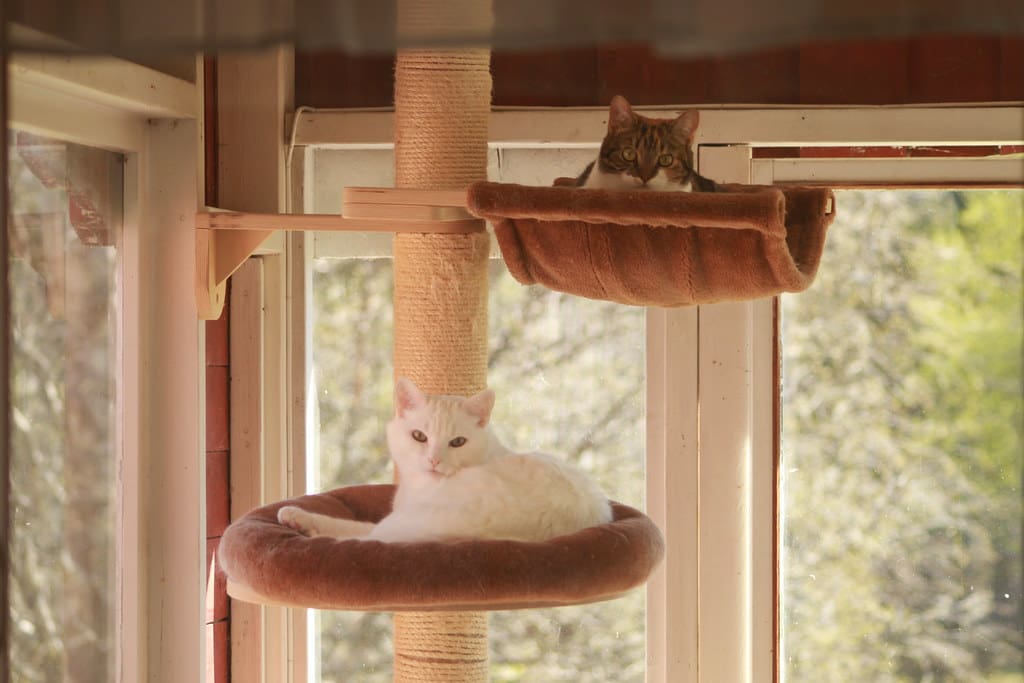
Provide your indoor cat with vertical space by installing a cat tree or climbing structure. Cat trees offer exercise, mental stimulation, and satisfy felines’ natural instincts to climb and perch. They also provide scratching posts and hideaways, reducing furniture damage and stress. Place the tree near a window for added entertainment.
Related: We Could Save the World if We Were More Like Cats

